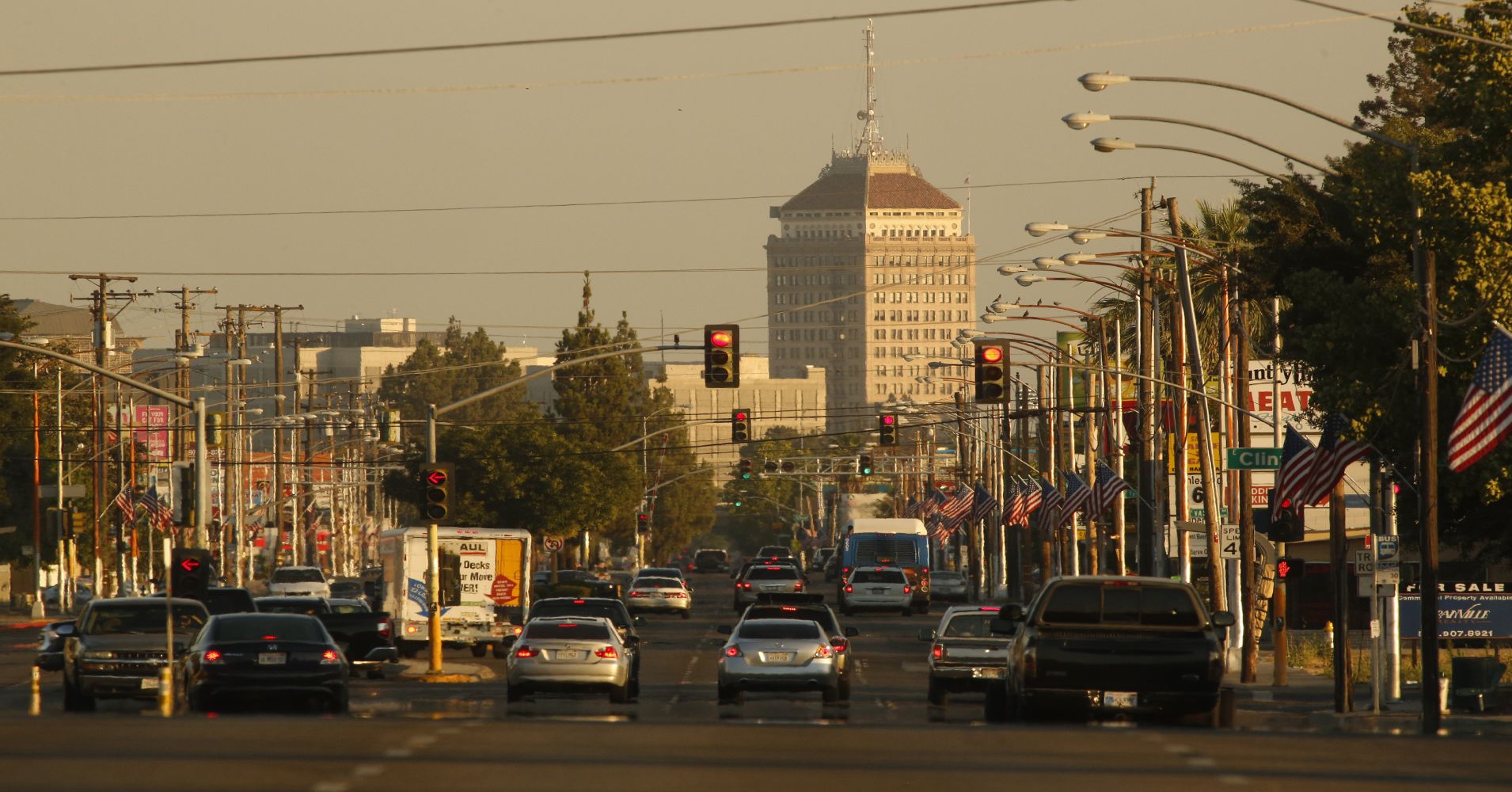
LOS ANGELES — California’s Central Valley continues to grow in population even though it suffers some of the highest unemployment in the state. The state’s new Democratic governor is pushing economic development in the agriculturally dominated region, but a newly issued report from a think tank isn’t very encouraging.
“Most economic indicators have not moved in a positive direction during the past 40 years and some have worsened in comparing the Valley to state averages,” wrote Stephen Levy, director of the Center for Continuing Study of the California Economy in Palo Alto.
For decades, the San Joaquin Valley has been seen as overlooked by state leaders and hidden in the shadow of California’s higher-profile regions, such as the San Francisco Bay Area and Los Angeles. Politically, the Central Valley has Republican strongholds and loyalists to President Donald Trump, including House Minority Leader Kevin McCarthy and Rep. Devin Nunes.
“There’s been a strong sense that we don’t get very much attention from Sacramento,” said Thomas Holyoke, a professor of political science at California State University-Fresno. “Probably, some of that is political in that California government the last couple of decades at least has been largely controlled by the Democratic Party and the preponderance of Democrats are along the coast.”
But times may be changing in California, where Gov. Gavin Newsom in his first state of the state address talked about “unlocking the enormous potential of the Valley.”
Newsom also has spoken to mayors in the region about economic development and his strategy on the state’s high-speed rail project, including a section in the Central Valley under construction. Still, plans to connect the system to Southern California and the Bay Area face many obstacles, including rising costs.
Newsom’s Central Valley efforts are being led by Lenny Mendonca, chief economic and business advisor to the governor, and new chair of the California’s High-Speed Rail Authority. Mendonca grew up in the Central Valley, and last year during a commencement speech remarked, “The two cities in the United States with the largest portion of their population living in extreme poverty are in the Central Valley. That is not OK.”
Water also has been a big issue for the Central Valley, particularly given its agricultural needs and history of droughts. But some believe the state’s water policy and focus on the environment has been done at the expense of the Valley’s economy.
The Central Valley is sometimes called the “breadbasket” of the U.S., producing over one-quarter of the nation’s food, including vegetables, fruits, tree nuts and dairy products. It is also the hub of the state’s oil and gas production.
However, the lack of faster-growing industries doesn’t bode well for the Central Valley.
“The Valley’s structure of industries does not favor fast growing, high wage sectors, which is one reason for the poor performance,” said Levy in the economic report released last week.
According to the think tank’s report, unemployment and poverty rates in the Central Valley “have persistently performed poorly compared to state averages.” He said the gap has largely stayed the same in recent decades, even following the state’s recovery from the Great Recession.
Levy said another reason for the lagging performance has to do with educational attainment levels not keeping up with other areas of the state.
California’s statewide unemployment rate in March stood at 4.3%, but in several counties in the Central Valley there are double-digit percentage rates.
But while the Valley’s unemployment rates have been persistently higher than the state average, the region has outpaced major cities such as LA, San Francisco and San Diego in terms of population growth, according to Census estimates from 2018.
“I see almost no effort in the state to persuade employers to expand in the Central Valley,” said Joel Kotkin, a fellow in urban futures at Chapman University in California. He also said with the state’s high cost of electricity and regulatory environment companies are more likely to leave California rather than relocate to the Central Valley.
One thing that the Central Valley has going for it is lower housing costs, especially compared with coastal areas or high-technology hubs such as Silicon Valley.
For example, the median home value in two large cities in the Central Valley — Fresno and Bakersfield — is under $250,000 compared with nearly $690,000 in LA County and well over $1 million in the Bay Area, according to Zillow. And in the inland city of Stockton, about 90 minutes from Silicon Valley, the median home price is just over $300,000.
“If you’re willing to commute a good bit, some counties in the Central Valley are closest to the hottest job market probably in the United States but certainly in California,” said Levy in an interview.

